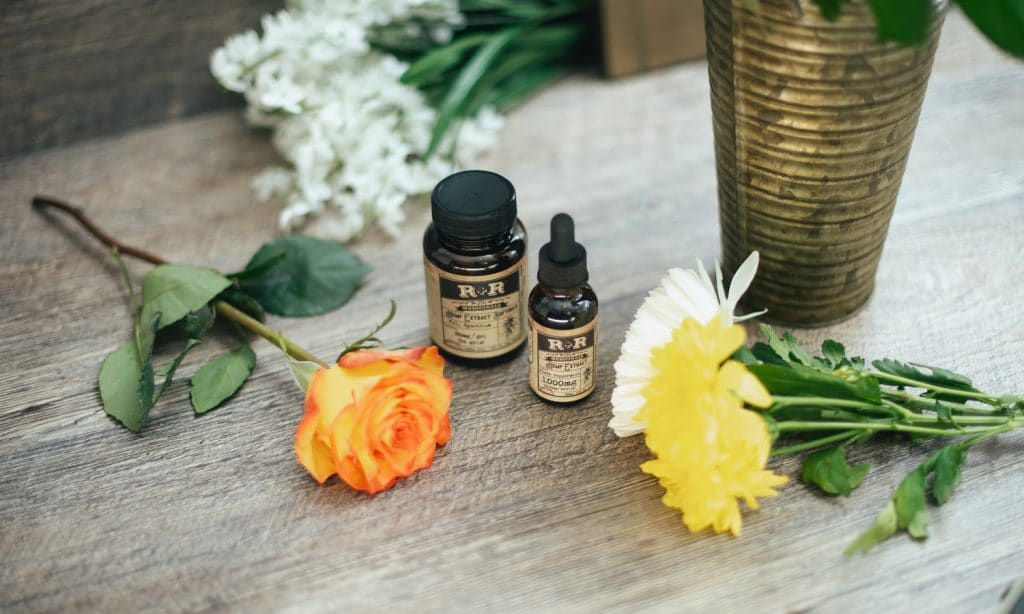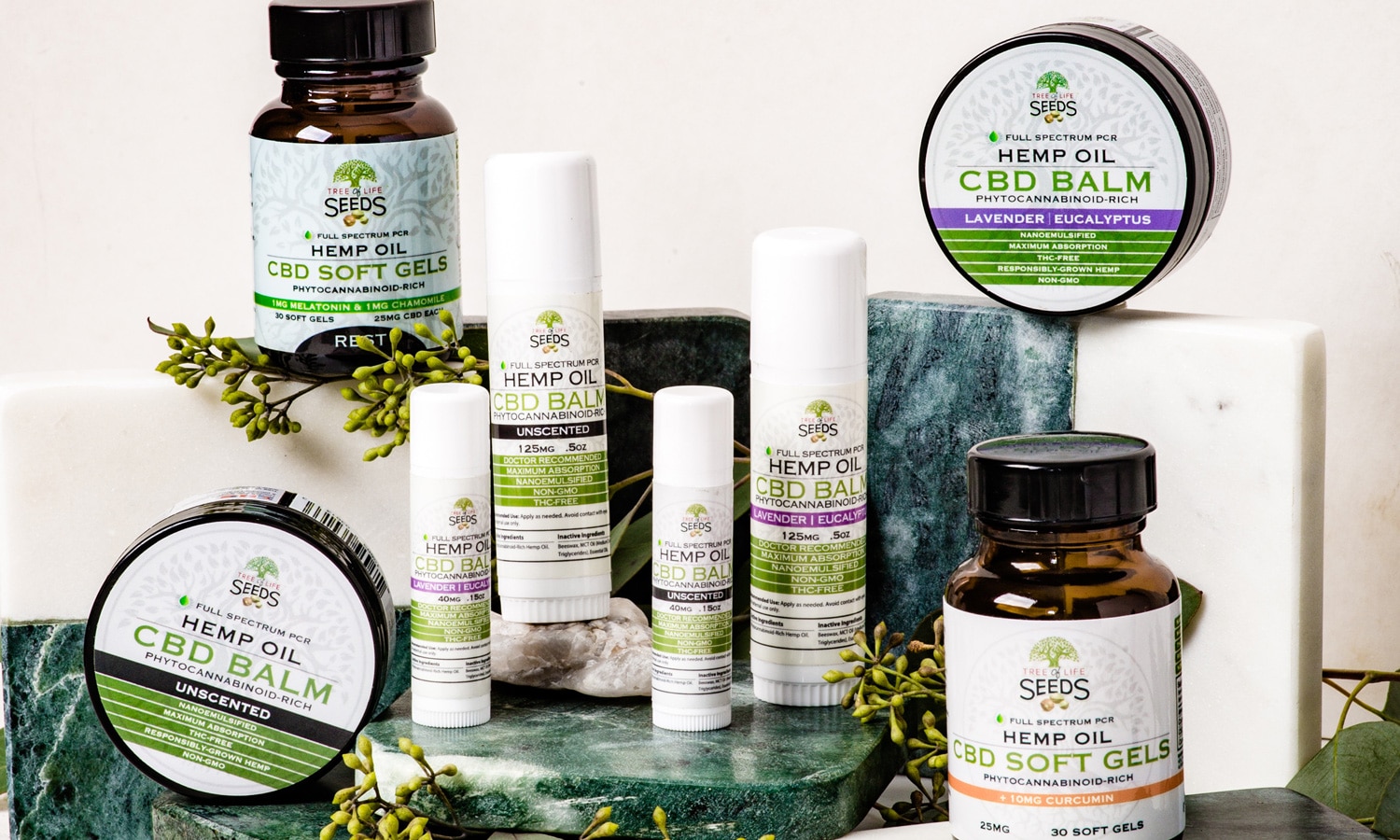3 New studies show marijuana branding is a myth, so what can you do to sell your brand?
More and more evidence points to branding being a waste of time and money for cannabis companies.
A few months ago a Canadian survey came out from the Brightfield Group that showed that almost 33% of Canadian cannabis consumers couldn’t name the brand of cannabis they bought, and 50% couldn’t tell you what the dosage is that they bought of each cannabis item. We covered the survey in a piece called, “The Cannabis Branding Myth” and looked at why consumers were more worried about end results and pricing as opposed to packaging and fonts.
Next, new articles came out about dispensaries charging for shelf space and premium locations in their store, just like all regular retail shelf space at grocery stores, and stores like Walmart and Target. Brands pay extra for end-cap aisle space and shelf space at 3 to 5 feet high. This was another nail in the coffin for the idea of cannabis branding, as consumers were literally buying “what was in-front of them and at arm’s length”, hence, dispensaries charging for high traffic spots in their stores.
Now, New Frontier Data has released a survey of US cannabis consumers that shows marijuana buyers are much more price and quality conscious than anything else. Branding finished dead last as far as what consumers considered important in making a cannabis choice.
With millions being spent on cannabis branding and many marketing gurus from the millennial generation telling us that cannabis packaging must be “slick, sleek, and clean”, what are we to believe?
Are some experts and websites just making up an entire industry that doesn’t really need to exist?

Problem #1
Cannabis is a plant, much like a tomato plant or broccoli plant. It grows to maturity in 12 to 16 weeks. A few new scientific reports came out recently stating there is no difference between what the industry calls “sativa” and “indica”. That in the end, most cannabis buds and strains are very similar and do the same job in the human body. Many of the perceived affects may be in our heads and part of a placebo effect of being told what to expect, or being told what the strain you bought is going to make you feel X, Y, and Z.
Branding your tomatoes as super special is a tough sell in the supermarket. Yes, you have “hot house” or “organic” that tries to command a higher price point, but most people just look at the tomato pile and pick the ripest, biggest one to buy. On the vine, cherry, and other variations try to distinguish themselves by appealing to a certain recipe or dish, not so much on taste and quality.
RELATED: Marijuana Industry’s Secret Weapon? Social Media Influencers
Branding a commodity like corn, tomatoes, wheat, or even oil is tough. Do you only go to Exxon gas stations or Mobile gas stations because the gas is better? Is the high octane 91 gas at Exxon better than the 91 octane at Mobile? Cannabis is a plant, a commodity, it can be grown around the world in an indoor or outdoor setting. The consumer is now showing us price matters, and final result matter, the rest is not important. They want the best value for a product that will deliver that high or relief they want, the rest they can’t even remember. What color was the package? How much did you take? No idea.
Problem #2
Welcome to the beer and wine world. With cannabis being for adults, many people liken it to the alcohol industry. 90% of the beer sold in the US falls under one of 4 brands, brands with massive distribution and low prices points like Budweiser, Coors, Bud Light, or Miller Light. Are their microbrews and niche brands, you bet, but they are a very small percentage of a very large market.
Beer, and to a slightly lesser extent, wine consumers, want a product that is reasonably priced and gets the job done. Whether that is a 6-pack in the woods, two glasses of chardonnay when the kids go down, or a couple of pints at the local pub after work, it comes down to price and quality, ie, getting the intended job done.
RELATED: What Does The New Marijuana Consumer Look Like?
Cannabis, due to the ease of growing the plant and lax law enforcement around hemp and marijuana, will be no different. As laws loosen around the cannabis plant and with CBD from hemp already fully legal, the market will only continue to get more saturated with legal and illegal cannabis plants and goods.

So, What Can a Brand Do?
How do you distinguish your cannabis products from a million other similar cannabis products all claiming to do the exact same thing? That is the $100 million question. If a consumer just cares about how much they have paid and if they get high or relaxed, how can you raise prices and get your brand noticed?
1. Shelf Space – Just like grocery stores and end-cap space on aisles, cannabis dispensaries are now beginning to make a nice income by charging brands for premium shelf space. This just confirms our thesis that cannabis branding is a waste of time, as dispensaries are now proving that consumers just buy what is in front of them or convenient, not searching for particular brands and products. Hence, they charge you extra to be next to the register or by the checkout area if you are a brand. If you are a cannabis brand, welcome to the world of Tide detergent, Hershey chocolate bars, and Campbell soup cans.
2. Cut Margins, Cut Pricing – If 82% of consumers are price conscious, attack them on what they care about, pricing. Cannabis is a commodity, so win the race to the bottom. Budweiser is not considered a great beer, it gets the job done a good price, and has a massive marketing budget. If the consumer is looking for the “cheapest” price, which will only be emphasized in a recession, be the cheapest price. Win market share and worry about margins later.
3. Reward Programs – Don’t recreate the wheel here, look at credit card companies, another commodity and see how they distinguish themselves, because, isn’t a Visa, a Visa, and just another Visa? Rewards programs were created gamify regular buying and create customer loyalty. Chase Rewards program is the most popular credit card rewards program in the world because of the generous points and bonuses given when using the card. Figure out which segment of the cannabis community you want to appeal to and design your rewards program around that age group. Supermarkets scan your key chain, gyms scan your bar code, credit card companies keep track of points, airline miles are a reward program the world runs on, the list is endless. Get a good rewards program going so that people look and ask for your brand is a dispensary. Maybe you have a grand prize each month, maybe a consumer can scan a QR code for a price (see twist-off soda caps), what about creating super fans or top customers after so many purchases. People love social praise and acknowledgement; awards they can share on social media and such. Get going early on this idea, not later.
Many experts in the industry have hung their hat on being adept cannabis branding experts, when in reality, the consumer can’t tell you who they are or what products they helped design or promote.
Listen to the consumer, not the so-called experts.
This article originally appeared on Cannabis.net.


